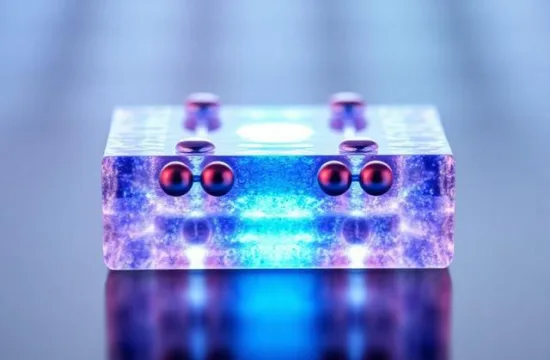Scientists believe the rapid growth of the wing length of a common Western Australian bird could be due to climate change.
 The University of Notre Dame research found the wings of ringneck parrots — commonly called twenty-eights — had increased by four to five millimetres over the past 45 years.
The University of Notre Dame research found the wings of ringneck parrots — commonly called twenty-eights — had increased by four to five millimetres over the past 45 years.
Professor Dylan Korczynskyj said the growth could be attributed to climate change because the extremities of animals in the hottest climates tend to be longer.
“As the climate might be increasing in temperature, the increase in wing length might actually help these birds shed that excess heat and so it is better matched with their environment,” he said.
The study examined specimens at the WA Museum, and its curator of ornithology Ron Johnstone said the collection included birds dating back to the early 1800s.
“Most of the specimens that we have here are what we call study skins or research skins so they’re flat, sort of puppet skins so you can compare one ringneck from Perth with a ringneck say from Kalgoorlie.”
The thousands of research skins are stored in drawers and are not on display like taxidermy specimens seen in museum galleries.
The oldest ringneck parrot specimen used in the study dated back to 1904 and was collected by WA’s most renowned bird collector Frederick Lawson Whitlock.
Professor Korczynskyj said the biggest changes in wing length have taken place since the 1970s, and that timeframe correlated with increased temperatures and land clearing in WA.
He said small temperature changes could have a big impact on animals.
“In the 1970s in Western Australia for example, we might have only seen an increase in temperature of maybe 0.1 to 0.2 degrees every 10 years,” he said.
“It sounds like a small amount, but in the scheme of the impact on the environment, obviously the research like ours is showing that it can actually have a profound effect on, in this case, the ringneck parrots.”
Source: abc.net.au







